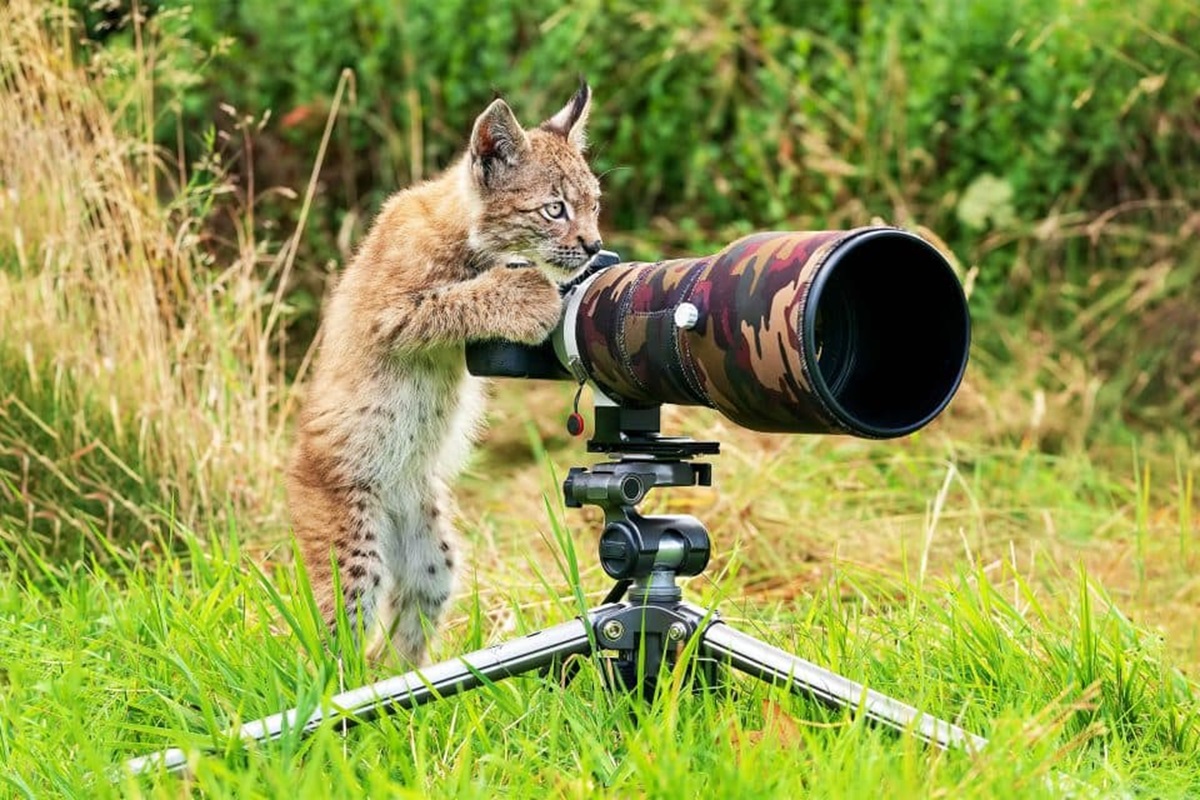In a groundbreaking development, researchers have unveiled SuperAnimal, a deep learning model that promises to revolutionize the field of animal behavior analysis. This cutting-edge tool, developed by a team at the École Polytechnique Fédérale de Lausanne (EPFL), led by Dr. Mackenzie Mathis, can accurately detect animal motion across various species and environments, offering critical insights into their health, welfare, and ecological roles.

Understanding animal behavior is a crucial aspect of conservation efforts, biomedicine, and neuroscience research. By exploring activities such as foraging, mating, parenting, social interactions, and communication, researchers can gain valuable insights into the genetic and environmental factors that shape these behaviors. This knowledge is essential for improving animal care practices, promoting sustainable ecosystems, and enhancing human-animal interactions.
SuperAnimal, detailed in a recent Nature Communications article, is an evolution of a pose estimation technique previously known as DeepLabCut. The new tool compiles a large set of annotations from various databases, training the model to learn a harmonized language through a process called pre-training the foundation model. This standardized process makes labeling 10 to 100 times more efficient than current tools, eliminating observer bias and enhancing the accuracy and efficiency of behavioral analysis.
“Users can deploy our base model or fine-tune it with their data for further customization,” explains Shaokai Ye, a PhD student and first author of the study. “The current pipeline requires human effort to identify keypoints on each animal, creating a training set. This results in duplicated labeling efforts and inconsistent semantic labels, complicating the training of large foundation models. Our new method standardizes this process and makes labeling 10 to 100 times more efficient than current tools.”
SuperAnimal’s potential applications span across multiple fields. In veterinary medicine, it can help monitor animal health and detect early signs of illness. Conservationists can study endangered species’ behavior to develop better protection strategies, while neuroscientists may benefit by analyzing animal models to understand brain functions and behaviors.
In agriculture, farmers can use SuperAnimal to monitor livestock, improving welfare and productivity. Sports scientists can analyze athletic performance in animals, leading to better training methods. In biomedical research, the tool can enhance the accuracy of experiments with laboratory animals, reducing human error and improving data reliability, ultimately advancing various scientific and medical fields.
“We plan to integrate these models with natural language interfaces to create more accessible next-generation tools,” states Dr. Mathis. “For instance, we recently developed AmadeusGPT, which allows for video data queries through written or spoken text. Expanding this capability for complex behavioral analysis is very exciting.”
Leave a Reply